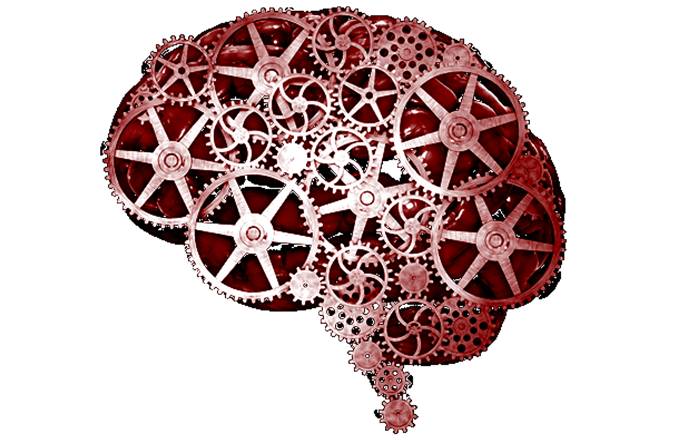PLC Automation
PLC automation is used for control of many types of machines. The subject of automation is vast. Automation is the combination mechanization and intelligence. Intelligence of using sensors and data with a logic or computing device to eliminate the need of human control.
Much of automation does not rely on PLCs. Take for instance business automation. Here the mechanization is much less "machine" and really a process. Custom software and other applications are implemented after studying processes to link information together and streamline operations.
PLC Automation = Machine with a Brain

Machines assist Humans with many tasks that require strength and repetition. Automation makes machines smart, well as least as smart as the programmer makes them. To add automation to a machine you need a brain of some sort...a PLC for instance. With a PLC, a machine can handle things that a human cannot. Whether the process is too fast, slow, small, big, cold, hot or just too dangerous for humans then an automated machine is the solution.
You also need a bunch of sensors/transducers for sensory data for the PLC. The eyes, ears, and touch if you will of the PLC. The sensors are your PLC inputs which it uses within its program to process and select the outputs. The PLC outputs can be valves, motors, solenoids, servos, lights, pneumatic or hydraulic cylinders. Basically, any device that you would use to give a machine motion or alert an operator you would connect to a PLC output.
Other systems that enable automation are embedded processors or micro-controllers. These are used in your homes washer/dyer, microwave oven, dishwasher, and may even your toaster. These hard goods are massed produced and therefore the smaller, less expensive micro- controllers are used. Speaking of homes, what about using a PLC for home automation?
PLC automation comes into play when custom applications, flexibility and scalability are required. They are made to interface to the physical world. PLCs automate manufacturing items like cars, washing machines, and lipstick applicators... what wasn't expecting that one?
PLCs along with a DCS (Distributed Control system) with control Chemical Plants, Waste water treatment plants and other processing centers.
So when machines are combined with automation huge gains can be made in quality and quantity. Repetitive tasks done by hand are prone to errors associated with physical and mental fatigue. Also repetitive tasks become somewhat boring to Humans quickly and attention will stray from the process. It is just Human nature. We are much more capable then performing simple repetitious tasks.
Besides the more obvious gains from automation of assembly and processes, PLCs can automate collection of important data. This data can be used to further improve processes and supply production data for business improvements.
I am not so sure of how long the PLC in its current form will be around, but automation will only expand.




New! Comments
Have your say about what you just read! Leave a comment in the box below.